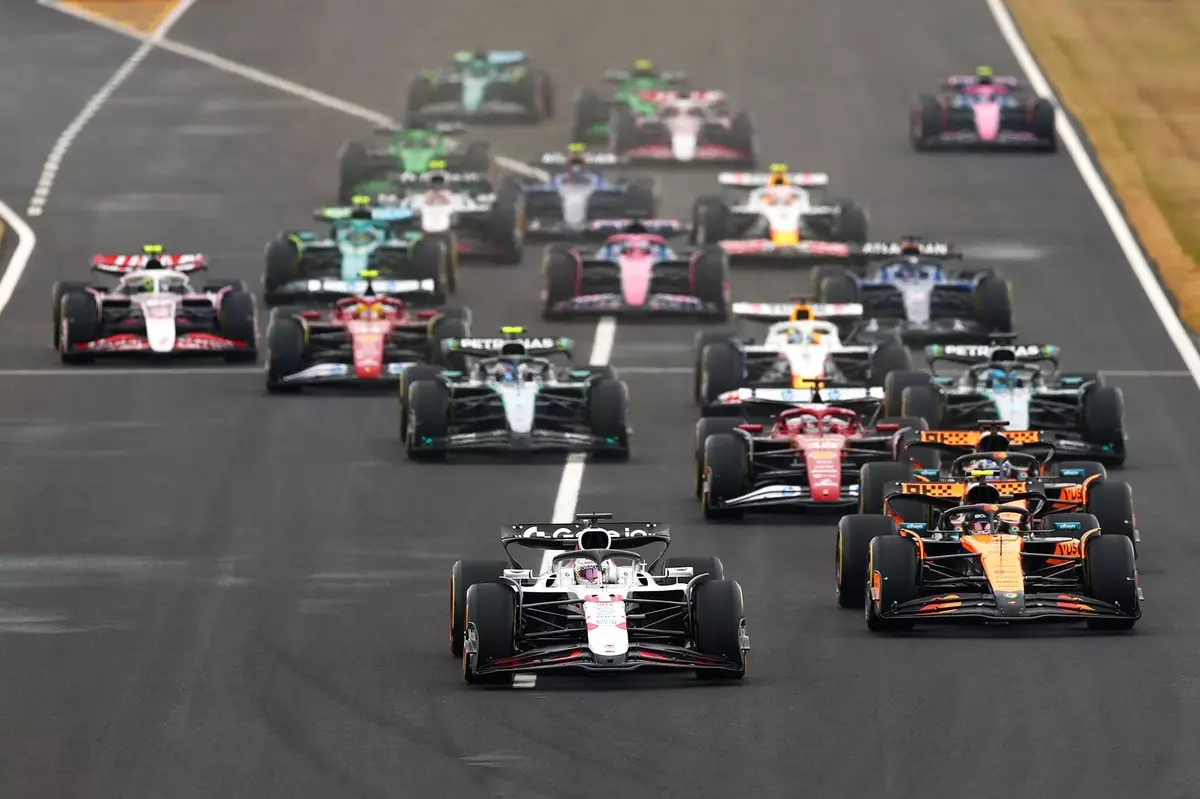The world of Formula 1 is constantly evolving, with key players analyzing and discussing ways to ensure competitive balance. Recently, discussions among power unit manufacturers and the FIA have sparked essential debates regarding future engine regulations. With the 2026 hybrid formula looming, these discussions have become crucial to prevent the resurgence of one-team dominance—akin to Mercedes‘ sweeping success in 2014. The overarching goal? To stimulate innovation while fostering equitable competition among manufacturers.
The meeting took place in Bahrain and brought together representatives from various manufacturers, including newcomers like Cadillac and established names like Audi and Honda. Under the leadership of FIA president Mohammed Ben Sulayem, the talks were primarily focused on exploring the future trajectory of engine design. With the introduction of hybrid technology, the pressing concern is whether the current regulations will allow for enough flexibility and adaptability for all teams involved.
Maintaining Balance Amidst Change
At the core of these discussions is the desire to prevent a repeat of the performance disparity that marked the 2014 season. While there is an undeniable allure in technical supremacy, it can detract from the fundamental tenets of motorsport—competition and excitement. Christian Horner, Red Bull’s team principal, indicated that the meeting opened a pathway for manufacturers to present feedback on their vision for engine development while looking toward future prospects beyond the set date of 2026.
The crux of the issue lies in the agreement to homologate engines, effectively locking them in for a certain period. This regulation may inadvertently stifle innovation and keep teams from responding to performance disparities during the season. As Horner pointed out, moving away from rigid homologation could allow teams to make necessary adjustments within a budget cap, thereby encouraging innovation while maintaining competitive balance.
The Opposition and the Path Forward
It is apparent that not all manufacturers are on board with the same vision. Audi and Honda have expressed reservations about altering the hybrid rules that initially attracted them to F1. Their concerns signal a divide in priorities; some manufacturers yearn for groundbreaking innovation, while others remain protective of the rule structure that defines their competitive strategies. The FAA’s openness to feedback is commendable, yet the challenge lies in aligning these disparate visions into a cohesive framework for the sport.
As discussions continue, the majority consensus is critical for any changes to take place before 2031. It currently appears that there isn’t enough support from the existing engine manufacturers to initiate a significant shift in regulations. This potential stagnation could have ramifications for competition quality in the years to come, which begs the question: how can F1 strike a balance between innovation and the preservation of competitive integrity?
The Need for Forward-Thinking Regulations
The flurry of brainstorming around the 2026 engine specifications has several implications. Teams are now encouraged to think creatively about the future, but they must do so within parameters that deliver thrilling racing. Budget caps have tantalizingly opened the doors for innovation in team operations; could these same restrictions nourish advancements in engine technology too?
If the FIA and the manufacturers can harness this collective creativity, they may well develop regulations that allow performance convergence while granting teams the flexibility required to enhance their power units during a season. As Horner aptly states, the goal is to push for close-quarters racing rather than a return to a singular team’s overwhelming dominance.
Ultimately, the discussions held in Bahrain mark a pivotal moment in F1’s evolving story. The interplay between manufacturers and governing bodies will define the future of the sport. If the guiding principles prioritize competitive spirit and performance equity, we may witness an F1 landscape that embraces innovation while ensuring thrilling and unpredictable races for the fans. The transition into the hybrid era poses both challenges and opportunities, and it is up to the stakeholders to navigate this intricate landscape wisely.


Napsat komentář